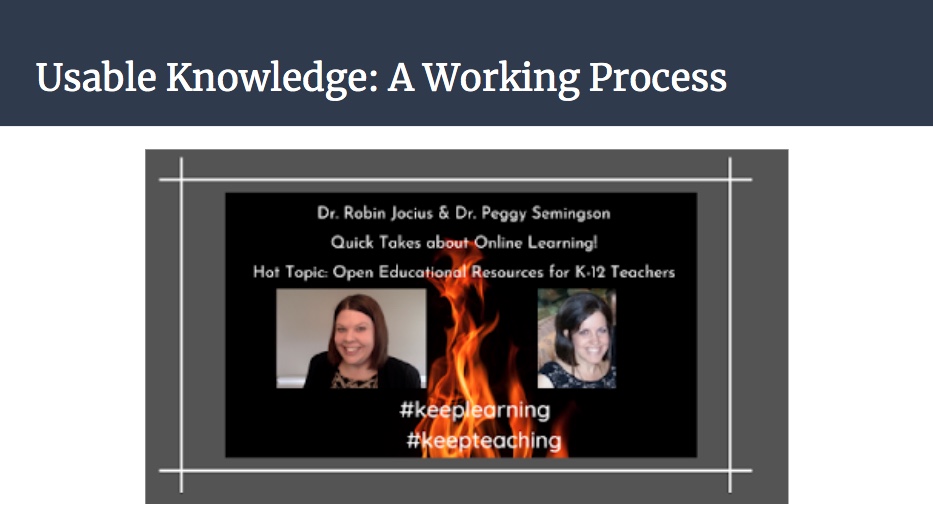Quick Tips for Education Faculty to Translate Their Research to Practice
Let’s start with a brief thought experiment. Imagine yourself as a football player. You are on the field, surrounded by other players. Your eyes are trained on the ball. Your perspective takes in the immediate action happening all around you.
Now, imagine you are a fan in the bleachers. Are you able to see exactly what the football player sees? Or perhaps you see the bigger picture, the entire game, in a way that a single football play may not be able to?
In this thought experiment, the football player can be compared to an individual teacher. Both the football player and teacher are dealing with the immediate situation and may not have the time or resources to see the bigger picture. Similarly, in this scenario, the fans can be compared to research faculty studying PK-12 education: both the fans and the researchers can see the bigger picture but are not on the field responding to the immediate actions and needs.
THE SOLUTION: Collectively, we need to humanize research by connecting the work of researchers, who hold data-supported problems and solutions, to the needs of PK-12 teachers who seek solutions to immediate needs.
In the best of times, PK-12 teachers crave practical solutions for the everyday challenges they face in the classroom – challenges now highlighted and made more complex by the COVID-19 pandemic. When searching for scholarly resources, teachers run into barriers because these articles are usually:
- published in paid, subscription-based journals.
- written using technical terminology and scholarly language.
- lengthy, text-heavy, and typically do not include multimedia.
To address this critical need to make research more accessible to practitioners (i.e, PK-12 teachers), the ElevateTXEd support team developed a research translation sequence:
- Empathize with K-12 teacher: Our teachers are overwhelmed, short on time, and tend to be reactive when it comes to problems. They want and need practical, meaningful advice or tips.
- Set the stage: Provide context by explaining the big picture issue contributing to the immediate problem and its impact on society—but keep it brief.
- Zoom In: Describe the local symptoms (familiar to the teacher) of the big picture issue.
- Zoom Out: Give a concise but robust explanation of the system as a whole.
- Apply the Research-to-Practice Lens: View your research through the eyes of the K-12 teacher. What terminology needs explaining? What actions do you want teachers to take? What story are you telling?
- Get Inspired: Practice concisely translating your academic language for a general public audience. Check out the 3 Minute Thesis.
- Tell a story: Who are the characters? What is the setting? What is the conflict? If there is a resolution, what is it? If not, what are the next steps toward resolution?
- Choose a medium: Do you want to make an infographic, short video, blog post, Twitter thread, or webinar? Canva is a great resource for making infographics. For videos, simply record a Zoom call!
There is a critical need for academic research to be more accessible to the very practitioners it seeks to support. Share your ideas to elevate and connect your research to the actions of practitioners on social media by using @ElevateTXEd.
November 3, 2020 | ElevateTxEd
READ MORE
Partnership Updates + News + Stories from the Field of Education

CASE District IV Award Recipient!
CASE District IV Award Recipient! ElevateTXEd is grateful to be the recipient of the Grand Gold and Gold Awards for...

The Work Of The ElevateTXEd Ambassadors
ElevateTXEd Ambassadors: Creating and Sharing Together!The ElevateTXEd Ambassadors are a group of scholars from across...

Planning For A New Semester
Planning for Structured Dialogue to Build Restorative Classroom PracticesAs we approach the holiday season and begin...

Taking Care of Teachers!
Addressing Traumatic Stress with Teachers. There is a lot going on in the word around us and we have so many things to...

Fostering Digital Equity
Fostering Digital EquityI feel stuck! Virtual videos, boxes filled with the names of students I teach, and this chair...